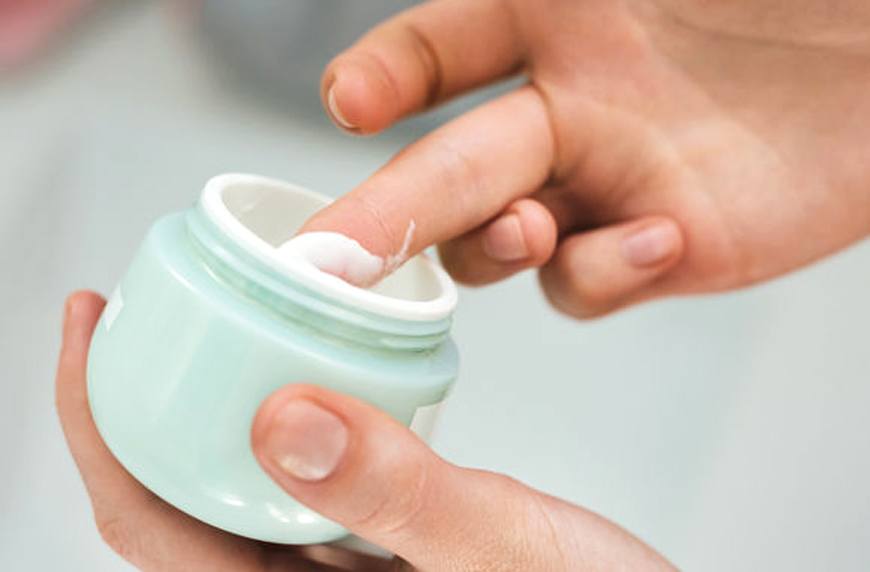Beauty 911! I Have “Chicken Bumps” on My Skin and They Won’t Go Away
The good news? It's medically harmless. "Keratosis pilaris is caused by cells that become trapped within their hair follicles, causing the characteristic pinpoint bumps located along the outside of patients' arms, legs, and buttocks," explains New York City-based dermatologist Joshua Zeichner, MD. The bad news? It's chronic and incurable.
This doesn't mean, however, that you need to wear sleeves throughout the summer or shudder at the thought of stripping down to your skivvies if you suffer from the condition. Below, Dr. Zeichner and NYC-based cosmetic dermatologist Robert Anolik, MD provide tips for minimizing the appearance of KP to maximize your confidence.
Keep scrolling for how to win the battle against chicken skin, according to pros.

Keep your hands off of it
As tempted as you may be to go all Natalie Portman-circa-Black-Swan on your chicken skin (AKA: scratch it like crazy), this is a huge no-no. "Picking at your skin is just going to lead to inflammation and scarring," Dr. Zeichner says.

{{post.sponsorText}}
Exoliate, gently
If you've been using your fingernails to slough off skin, you're not wrong in your approach so much as in your choice of tools. "That rough texture is caused by dead skin cells trapped around the hair follicles," says Dr. Anolik. "Exfoliation uses some sort of chemical or physical peel agent to try to eliminate some of the surface dead skin cells that make it prominent."
Dr. Zeichner suggests using chemical exfoliators like lactic acid, glycolic acid, or salicylic acid such as the Derma Doctor Kakadu C Peel Pads ($78). "A common strategy is to reach for [an acid-spiked lotion such as] Amlactin ($22), which is lactic-acid based," adds Dr. Anolik. However, Dr. Zeichner adds that you can also use topical retinoids like retinol for the same purpose. "They help enhance cell turnover and prevent cells from sticking together," he says. If you do, be sure to apply them only at night and then take a rinse (with soap) in the morning to make sure that no retinol is lingering since it can be sun-sensitizing to skin.
Use this instead of lotion
Keeping the area moisturized, says Dr. Anolik, is important year-round, but becomes particularly critical in the winter as dry, cold air exacerbates the condition (AKA: Winter is coming). "Use one that's going to be particularly thick, so instead of reaching for a lotion, reach for a cream," he says.
Adopt an anti-inflammatory diet
While Dr. Zeichner says there’s no data (yet!) showing that your diet will truly impact keratosis pilaris, he definitely recommends a few tweaks. "Make sure to eat a well-balanced diet full of antioxidants to help reduce inflammation and omega fatty acids to help give the skin building blocks for healthy functioning," he advises. "Zinc supplements have been shown to be of benefit in treating acne and can do nothing but help keratosis pilaris as well."
Not sure which foods qualify as anti-inflammatory? This is what the ultimate inflammation-banishing meal should look like. Plus, here's a week's worth of recipes from Well+Good council member Candice Kumai to get you started.
Loading More Posts...